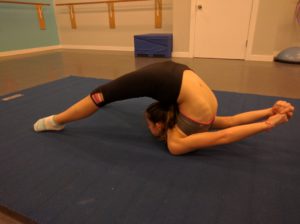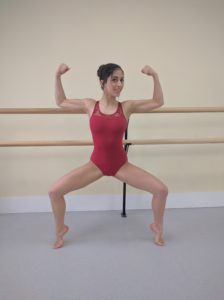 WHY should a dancer do conditioning?
WHY should a dancer do conditioning?
Dancing is a sport that puts significant strength and flexibility demands on the body. Athletes in other sports may say that Dancing is not a 'sport', and it is more artistic performance, but they are quite wrong!
Some Dancers have natural strength, balance, and core strength that will take them through the lower levels of dancing quickly, but the majority of Dancers need to improve upon each of those attributes in order to progress to higher levels and in increase longevity.
Natural ability will only take them so far. The strength requirements of the sport/art are significant. A Dancer needs to build strength beyond what he or she naturally has. By engaging is a properly designed conditioning training program, Dancers will progress at a faster pace, and be able to handle the strength demands of dancing longer and with far fewer injuries which plague so many Dancers.
Here are some examples of the attributes a Dancer needs to attain their full potential …
- Core strength and stability
Core strength originates from the abdominal and back muscles. These muscles work together to act as a ‘control center’ for the body’s balance and stability. Dancers need exceptionally strong core muscles to maintain balance, and to maintain the many complex positions for moving and jumping.. Without sufficient core strength, a Dancer would not maintain consistency of these elements. - Balance
Think about how much of the dance skills require balance: almost everything! Some people are blessed with natural balance, but the majority of us need improvement through exercises. There are several factors which affect the sense of balance in our body. First, our vestibular system (the inner ear) helps us sense the body’s position while we are moving. Second, the eyes help us detect our surroundings. Third, and most important for Dancers, the balance receptors in our feet and lower extremities tell us where our bodies are in relation to the ground. - Strength and power
Without muscle strength, a Dancer would dance more sluggishly, have small jumps, and would tire easily in a performance and in practice sessions. Strength creates power and improves endurance, and is a necessity for a Dancer to improve and become consistent. Through exercise, a muscle’s fibers become tighter and stronger, and can withstand more repetition for longer durations when asked to contract.
More and more Dance studios are becoming aware that dancing alone is not enough. They are beginning to realize that properly conditioned dancers are better dancers!
Done correctly, you'll be amazed how conditioning training can (will) improve the ability of even high-level dancers. You too can be Dancing Your Best!
Some Ways I Can Help
Structural Balance which can greatly improve performance and reduce or eliminate injuries
Endurance to perform long numbers well
Strength and Power to do more
Stability and Coordination to increase movement control
Advanced Mobility and Stretching Techniques
Muscular Awareness to improve control of movement enabling you to learn skills faster with good quality
Perform at your best, prevent injuries, doing what you love for a long time!
Dance is an art, and correct strength makes you more graceful, controlled, and allows for a better quality performance
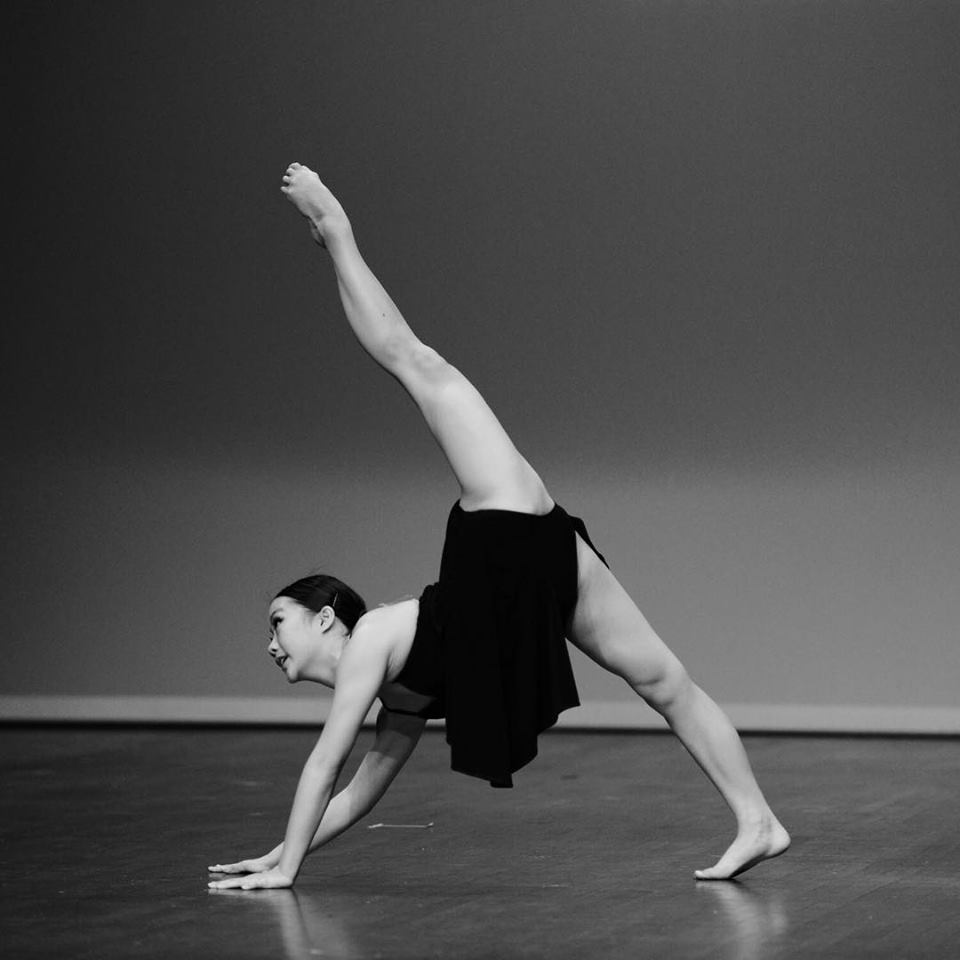
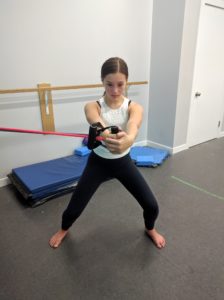
My training methods are most definitively not typical. I consider many factors when putting together a conditioning program. 25 years of experience has afforded me the knowledge required to design optimum workouts.
The workouts I design may vary from school to school, as I take into consideration the individual goals and conditioning/training experience of dancers and studios alike.
THE PROCESS
Structural Balance Survey
Bio-mechanical Assessment
Mobility Evaluation
Program Design
Reassessments to Monitor Progress
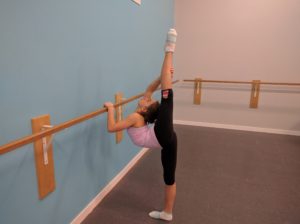
Flexibility Training
Learn the difference between flexibility and range of motion
Use of mobilization techniques to address short and stiff muscles, soft tissue and joint capsule restriction, and joint range of motion limitations taking care not to affect joint stability
